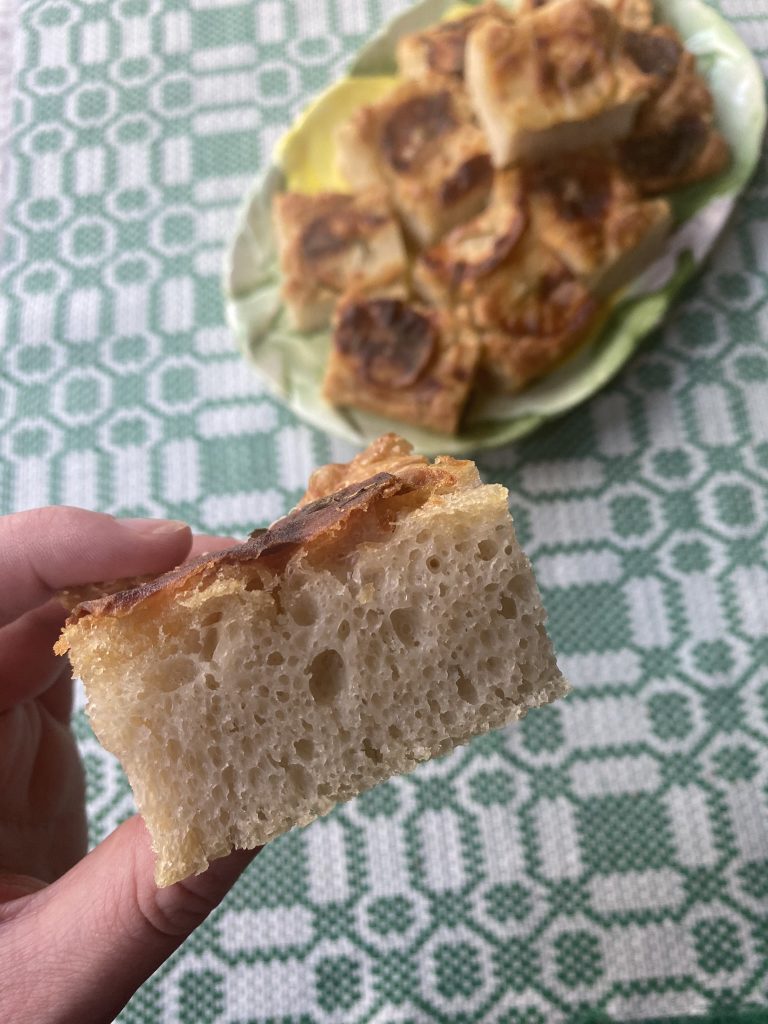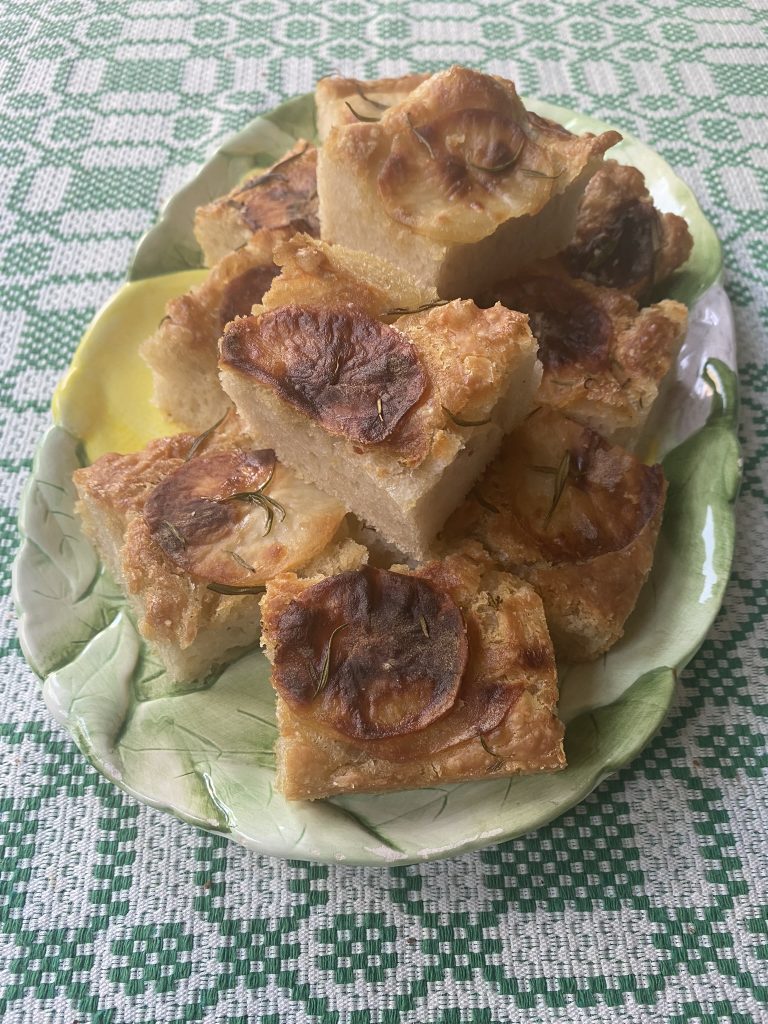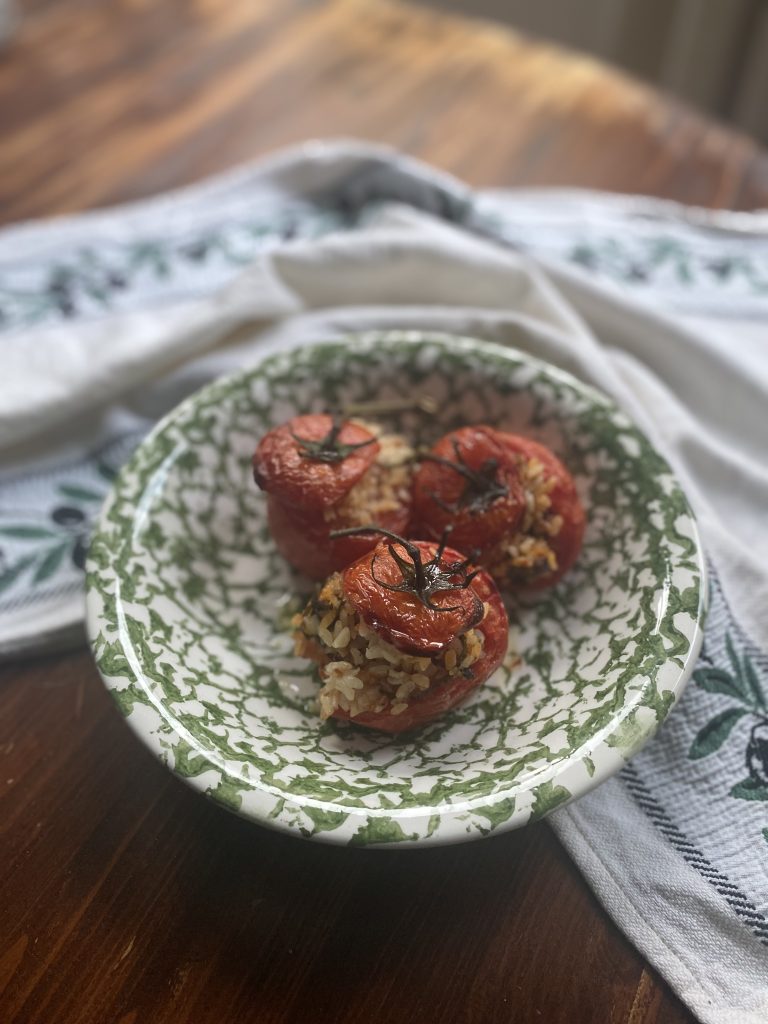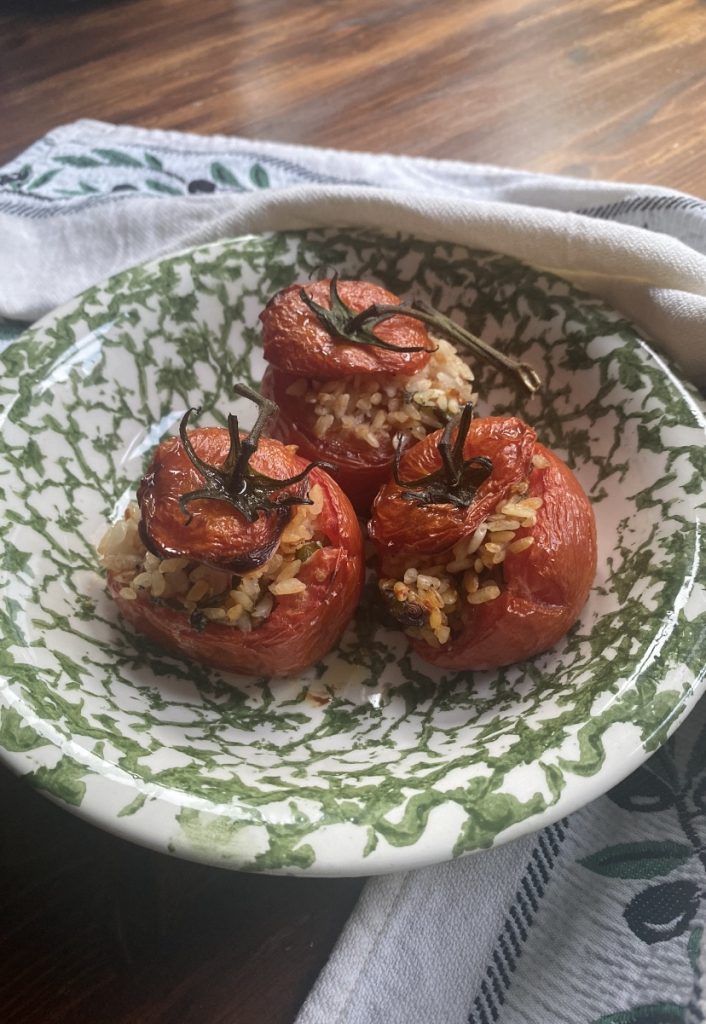The sunshine and brighter days of June have us all longing to spend more time outside, and what better way to celebrate the arrival of summer than dining al fresco? By al fresco dining, I mean enjoying food outdoors – whether that is on a picnic, at a barbeque, or in the garden to make the most of the lingering sun during golden hour (perhaps with an Aperol Spritz!).
Al fresco
However, in Italian, the meaning of al fresco is different; whilst the literal translation means “in the fresh”, al fresco is used as an expression to describe someone “in prison”. It is also where the term fresco was derived – paintings such as Leonardo da Vinci’s The Last Supper or Michelangelo’s work on the ceiling of The Sistine Chapel at the Vatican – as, in that context, it means “painted on fresh plaster”. Frescoes were painted on walls or ceilings when the plaster was still fresh, so that the paint absorbed into the surface layer of the plaster – the art was painted into the walls rather than onto them.
A fuori
Fresco meaning fresh, it is understandable how al fresco came to be used as an expression to describe outdoor dining. However, if you are in Italy and would like to ask to eat outdoors at a restaurant, it is best to say “Vorrei mangiare a fuori” to avoid any confusion!
The recipes below are all low effort recipes that are versatile, can be prepared in advance, and are easily transported, making them perfect for outdoor dining over the summer months. As always, they are made using few ingredients, but ingredients that are seasonal and of the best quality. Even if you are not in Italy this summer, I hope these recipes evoke the spirit of dining a fuori in Italy.
Potato & rosemary focaccia
Focaccia di patate e rosmarino


The flavours of this recipe are inspired by the best pizza bianca I had in Rome, from Antico Forno Roscioli. The contrast of the crispy potatoes with the soft, pillowy focaccia, combined with the simple flavours of salt, olive oil and rosemary, is delicious.
Ingredients:
- 500g strong white bread flour;
- 10g sea salt (and more for sprinkling on top);
- 7g yeast;
- 450ml lukewarm water;
- Extra virgin olive oil;
- 1 potato, peeled and sliced very thinly (you could use a mandoline if you have one);
- A couple sprigs of rosemary
Method:
- Add the flour to a large bowl (or to the bowl of a KitchenAid/stand mixer if you are using one) and put the salt on one side and the yeast on the other – this initial separation prevents the salt from killing the yeast.
- Gradually add the lukewarm water into the flour whilst mixing to combine so that it forms a smooth dough.
- Lightly coat the dough with about a tablespoon of olive oil to prevent it from sticking to the bowl, cover with cling film/plastic wrap and leave it to rise for at least a couple of hours or until it has doubled in size and is bubbly.
- Transfer the dough to a tray that has been lightly drizzled in olive oil. Leave the dough in the tray (covered with cling film/plastic wrap) to prove for a further hour.
- Preheat the oven to 220°C/425°F.
- Use your fingers to create dimples on the surface of the dough, then drizzle some extra virgin olive oil over the dough so that it fills the dimples. Add the potato slices, overlapping them slightly, and sprinkle the rosemary and sea salt on top. Finish with a final drizzle of olive oil, then put in the oven for around 30 minutes or until golden on top.
- Leave the focaccia to cool slightly before cutting into slices and enjoy! Buon appetito!
Tomatoes stuffed with rice
Pomodori ripieni di riso


This is a classic roman recipe that I first discovered through Emiko Davies (who discovered it through Rachel Roddy’s cookbook, “Five Quarters: Recipes and Notes from a Kitchen in Rome”).
Like many, I agree that this dish is best eaten at room temperature, which, I think, is why it is such a classic for Roman summers – in the peak of the summer heat when you want to spend as little time as possible in the kitchen, this dish can be prepared and cooked in advance, then enjoyed later.
The tomatoes become jammy and tender; the rice is fragrant with the flavour of the garlic and herbs; and the potatoes absorb the tomato juices, becoming perfectly crispy on the outside and soft on the inside.
Ingredients (serves 4):
- 4 large tomatoes or 8 medium tomatoes;
- 8 tablespoons arborio rice;
- 2 garlic cloves, finely chopped;
- Small handful of basil, finely chopped;
- Teaspoon of oregano;
- Extra virgin olive oil;
- Salt;
- 2 potatoes, cut into wedges (optional)
Method:
- Remove the tops of the tomatoes and set aside. Scoop out the inside of the tomatoes using a spoon and add the flesh, seeds and juice to a bowl. You can either pass the flesh through a sieve when adding it to a bowl or use your hands to squeeze out the juice and remove any hard bits that are leftover.
- Leave the tomato shells cut-side down on a sheet of kitchen paper or a tea towel to drain.
- Add the rice, garlic, basil, oregano and a pinch of salt to the bowl of tomato flesh and juices and mix well. Leave to sit for about an hour so that the rice absorbs some of the tomato juices.
- Preheat the oven to 200°C/390°F.
- If you are using potatoes, lay them on the base of your oven dish and drizzle with olive oil and a pinch of salt.
- Add the rice mixture to the tomato shells so that they are about three quarters full (the rice will plump up when it cooks), then put the tomato lids back on and add the tomatoes to the oven dish (on top of the potatoes if you are using them). Drizzle with olive oil and bake for 45 minutes to 1 hour.
- Serve hot or at room temperature and enjoy! Buon appetito!
Panna cotta with macerated strawberries
Panna cotta con fragole macerate

This may not immediately seem like a recipe that is suited to a picnic or outdoor dining. However, I like to make it in glasses or jars so that it is easy to transport and can be enjoyed from anywhere. Combined with seasonal fruit, it is the perfect end to a summer meal.
Ingredients (serves 4):
- 500ml double cream;
- 3 tablespoons sugar;
- 2 gelatine leaves;
- 1 vanilla pod;
- Strawberries or other seasonal fruit
Method:
- Add the gelatine leaves to a bowl of cold water and leave them to soften for around 5 minutes.
- Meanwhile, add the cream, 2 tablespoons of sugar, and the seeds of the vanilla pod to a pan and simmer on a low heat until just before boiling. Remove the pan from the heat.
- Squeeze out any excess water from the gelatine leaves and add to the cream mixture – stir until they have dissolved.
- Pour the cream mixture into glasses or jars, leave to cool and then put into the fridge to set (for around 4 hours, or longer if required).
- To macerate the strawberries, simply add the strawberries to a bowl with a tablespoon of sugar, mix, then leave to sit for at least 30 minutes – the longer the better. The sugar draws out the juices from the strawberries to create a lovely, syrupy sauce. The strawberries become soft and more vibrant.
- Before serving, you can top your panna cotta with the macerated strawberries or, if you prefer, you can serve them on the side. Enjoy – buon appetito!
© All food images by Natalia Bell



